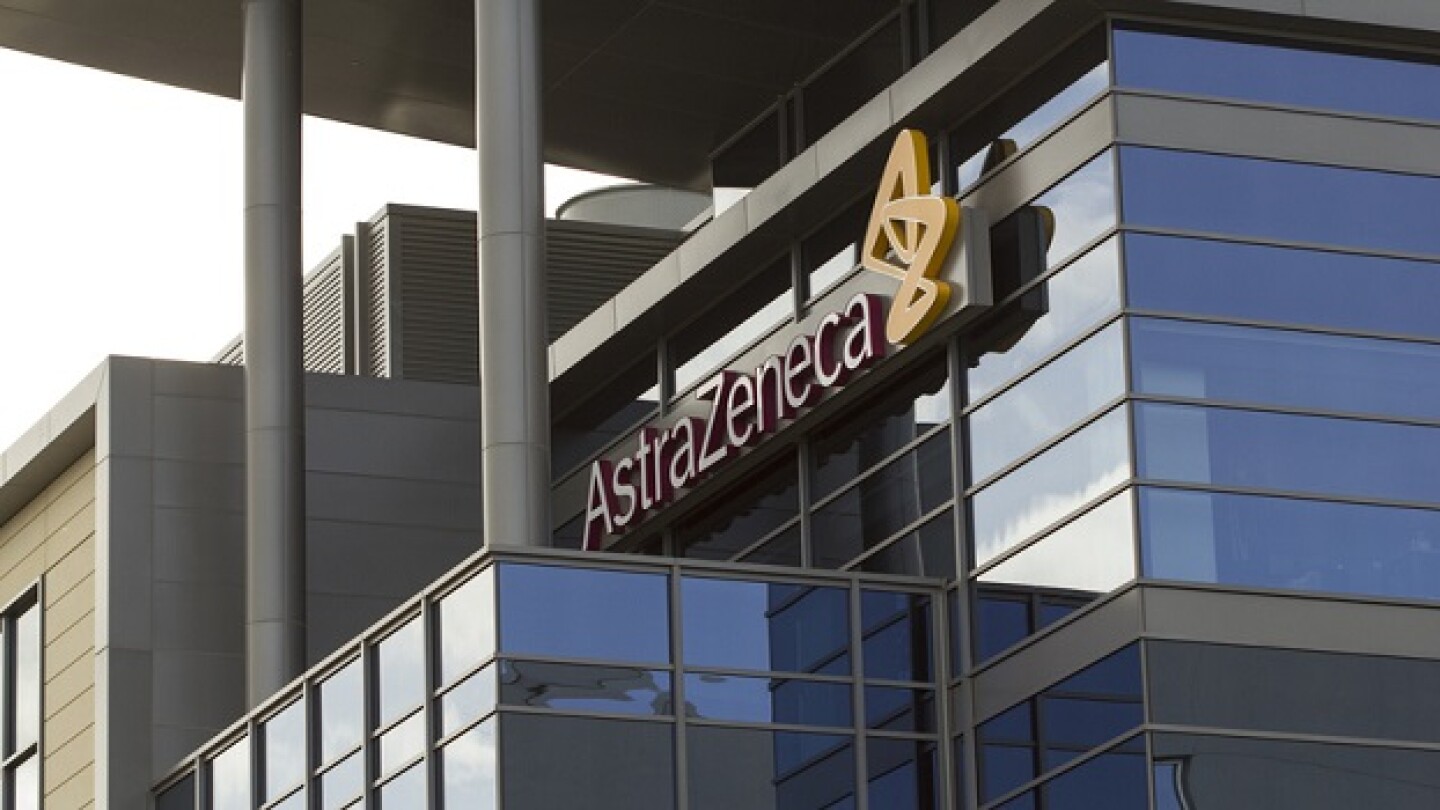Cell therapy
The cell and gene therapy company is cutting 47 employees and its entire lupus program to focus resources on two CAR Ts. The move follows a reconfiguration last year to move into immunology.
Paul Stoffels left his perch as J&J’s chief scientific officer in 2022 to replace Galapagos’ founding CEO Onno van de Stolpe, inheriting a company that had suffered a series of clinical failures since its 1999 creation.
Already reeling from years of market chaos, the announced departure of CBER chief Peter Marks sent a ripple across biopharma markets.
Cell therapy and oncology–focused Carisma Therapeutics started layoffs late last year. Now the company plans to wind down fully.
Industry updates and investment insights—including investor behavior and fundraising advice—were among the topics experts explored at Charles River Laboratories’ 2025 Cell & Gene Therapy Summit.
Last month, Deerfield Management accused Alcon of obstructing Aurion’s IPO plans so it could acquire the startup “at a discount.”
Adaptimmune is rolling out its T cell therapy Tecelra for synovial sarcoma, recording $1.2 million in sales since its approval in August 2024. Nevertheless, it is pausing development of two oncology assets to save money.
The biotech is exploring opportunities for a reverse merger or other business combinations. CFO and now interim CEO Anup Radhakrishnan will take charge of these negotiations.
AstraZeneca has recently been investing heavily in the cell therapy space, including two acquisitions for TeneoTwo and Gracell Biotechnologies.
Having established success in cancer, biopharma is now looking to leverage CAR T therapies against a new target, autoimmune disorders, with several early- to mid-stage readouts expected this year.
PRESS RELEASES










